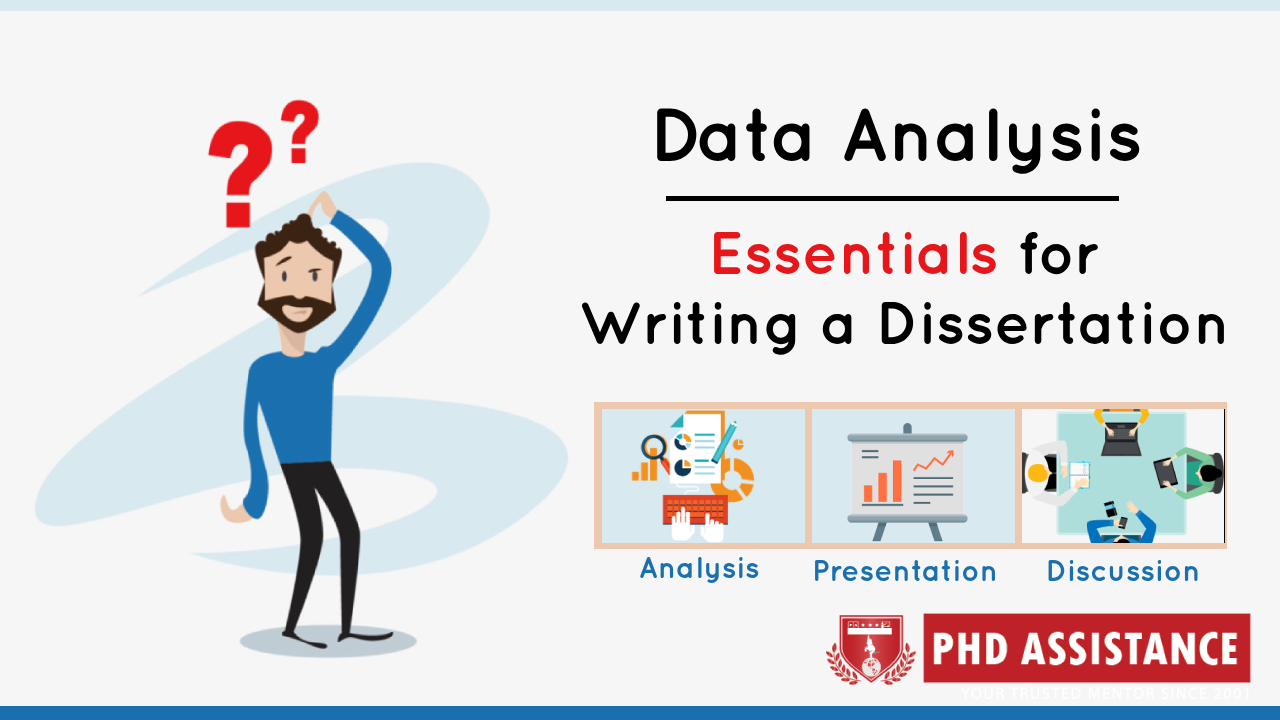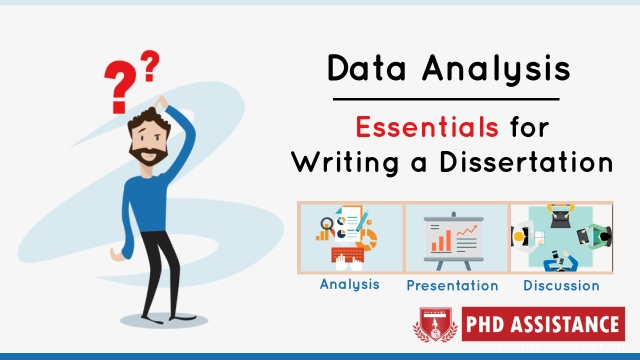When it comes to completing dissertations and capstones, one crucial aspect that often leaves students feeling overwhelmed is the data analysis process. Dissertation data analysis requires a careful examination of the gathered information, extracting meaningful insights, and transforming them into valid conclusions. However, this task doesn’t have to be a deep, dark secret anymore. In this article, we will delve into the art of dissertation data analysis, providing you with essential knowledge and strategies to unlock the secrets of success in this crucial stage of your academic journey. So, let’s demystify the process and empower you with the skills needed to analyze your data effectively.
Understanding Dissertation Data Analysis
Data analysis is an essential part of dissertations and capstones. It involves the systematic examination and interpretation of data collected during research to draw meaningful conclusions and insights. Dissertation data analysis is the process of organizing, cleaning, transforming, and summarizing data to uncover patterns, relationships, and trends that address research questions or hypotheses.
The first step in dissertation data analysis is to carefully review and understand the collected data. This may include survey responses, interview transcripts, observations, or experimental results. By familiarizing oneself with the data, researchers can identify the variables and measures relevant to their study. This initial understanding lays the foundation for subsequent analysis.
Once the data is understood, researchers can proceed to the next stage, which involves organizing and cleaning the data. This step aims to ensure that the data is consistent, accurate, and ready for analysis. It may involve removing outliers, resolving missing values, or transforming variables for better statistical treatment. By ensuring data integrity, researchers can confidently proceed to analyze the dataset.
The final stage of dissertation data analysis is the actual analysis and interpretation of the data. Researchers use various statistical techniques, qualitative methods, or a combination of both, to explore relationships, test hypotheses, or identify patterns. This may involve using software tools to perform statistical tests, creating visualizations to present findings, or conducting thematic analysis to uncover themes within qualitative data.
In conclusion, dissertation data analysis is a crucial component of research projects. It involves understanding the data, organizing and cleaning it, and finally conducting analysis to uncover meaningful insights. By following a systematic and rigorous approach, researchers can effectively utilize data analysis to contribute to the body of knowledge within their field of study.
Effective Methods for Data Analysis
Firstly, when it comes to conducting effective data analysis for dissertations and capstones, it is essential to ensure the data is properly organized and prepared. This involves carefully reviewing the collected data to identify any inconsistencies or errors that may impact the analysis results. By thoroughly examining the quality and integrity of the data, researchers can increase the reliability and validity of their findings.
Dissertation Proposal Writing Service
Next, utilizing appropriate statistical techniques is crucial for meaningful data analysis. Depending on the nature of the research questions and variables involved, various statistical methods may be employed. These methods can range from inferential statistics, such as hypothesis testing and regression analysis, to exploratory data analysis techniques like clustering and factor analysis. Selecting the most suitable statistical tools based on the research objectives is paramount for accurate and insightful data analysis.
Furthermore, the use of data visualization techniques plays a vital role in dissertation data analysis. Visual representations of data, such as charts, graphs, and diagrams, can facilitate easier comprehension and interpretation of the findings. Effective visualization not only simplifies complex data sets but also helps in identifying patterns, trends, and outliers. By presenting the analyzed data in a visually appealing and accessible manner, researchers can effectively communicate and convey their discoveries to a wider audience.
To summarize, ensuring data quality, employing appropriate statistical methods, and utilizing data visualization techniques are key elements in conducting effective data analysis for dissertations and capstones. By following these methods, researchers can unlock valuable insights and unravel the secrets to success in their analysis process.
Tips for Successful Dissertation Data Analysis
Before diving into the world of dissertation data analysis, it is essential to equip yourself with the right approach and techniques. Here are three valuable tips to help you unlock the secrets to successful data analysis for your dissertation or capstone project.
-
Thoroughly understand your research questions: To ensure a meaningful analysis, it is crucial to have a clear understanding of your research questions or objectives. Take the time to review and refine them before embarking on your data analysis journey. This will help you stay focused and ensure that your analysis is aligned with your research goals.
-
Choose the appropriate analysis methods: Data analysis encompasses various techniques, each suited for different research scenarios. It is important to select the methods that best fit your research objectives and data type. Whether you are conducting qualitative or quantitative analysis, ensure that your chosen methods effectively address your research questions and provide meaningful insights.
-
Maintain organized and consistent data management: Efficient data management is vital throughout the entire data analysis process. Ensure that your data is accurately recorded, properly cleaned, and appropriately coded. This will support the reliability and credibility of your findings. By maintaining consistency and organization in your data management practices, you can streamline the analysis process and navigate potential challenges effectively.

By following these tips, you can demystify the art of dissertation data analysis and embark on a successful journey towards uncovering valuable insights. Remember, approaching your analysis with a clear understanding of your research questions, choosing the appropriate analysis methods, and maintaining organized data management are key ingredients for a successful data analysis process.

